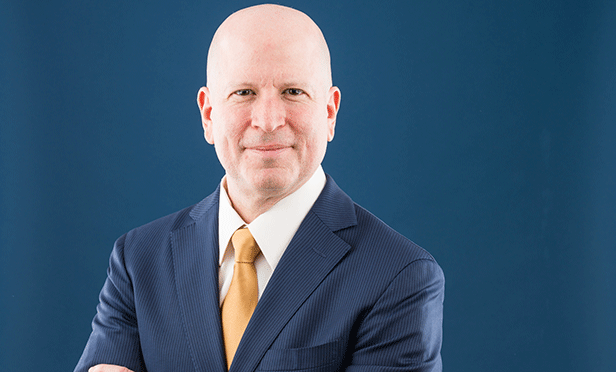
Lenders that liquidate defaulted commercial mortgages are recovering an average of just under 60% of the balance of those loans, Real Capital Analytics says in a new report.
The bigger picture rendered by the report contains a few surprises, not least of which is the relationship between underwriting and the rate of recovery.
"It is reasonable to expect that the more conservatively a loan was underwritten, the higher its recovery rate upon resolution," the report states. "However, the resolutions thus far in 2009 challenge the assumption that loans originated when lending standards were the loosest and property prices were the highest will suffer steeper losses." In fact, mortgages from 2002 and earlier have a slightly lower RR than those originated in the irrational exuberance of 2006 and 2007, even though the more recent loans have a higher default rate, says RCA.
Similarly, the highest RR among property types is the 72% rate for retail, "even though the outlook for the retail industry remains poor and retail properties have among the highest default rates." One explanation is that lenders have liquidated only a small percentage of defaulted retail mortgages, choosing "only those loans that offer the prospect of a relatively high RR." A similar dynamic is at work in the hospitality sector.
Lenders have also done better on recovering the balance of defaulted suburban office loans than they have with mortgages on CBD assets, RCA says, partly because the CBD recovery activity was concentrated in failed redevelopment and conversion projects. Overall, the office sector has proven the most resistant to recovering balances, with an RR averaging 53%.
The RCA report, which managing director Dan Fasulo says is "the first comprehensive analysis of the recovery rates that lenders are achieving from the liquidation of loans on US distressed properties," notes that the purpose of the loan matters more than the property type in determining RR. The balances of acquisition or refinancing loans are more apt to be recovered than those on land or construction loans.
As a rule, RCA says, "the higher the LTV at origination, the lower the RR. Mortgages that were originally 50% LTV saw a 75% RR, while those that were 100% or more at origination averaged a recovery rate of 57%."
RCA notes that the picture may change when lenders begin stepping up resolution activity. The RR of about 60% is based on recovery of $1.9 billion from a balance of $3.2 billion in defaulted loans. That compares to what RCA estimates as "at least $130 billion of significant commercial mortgages currently in default, foreclosure or bankruptcy" across the US.
Although the number of properties sold out of foreclosure is on the rise, RCA says relatively few troubled situations have been liquidated by the lenders. "To date in 2009, lenders have taken control and forced the sale of mortgages totaling $9.5 billion, but in the vast majority of troubled situations, a workout is still ongoing or the loan has simply been extended or modified and remains on the lender's books." It's safe to say there will be more troubled situations. Last week, Moody's announced that its CMBS Delinquency Tracker recorded a 3.64% delinquency rate for September, up 41 basis points from August. This marked the largest month-to-month increase in the DQT, according to Moody's.
GlobeSt.com News Hub is your link to relevant real estate and business stories from other local, regional and national publications.
Want to continue reading?
Become a Free ALM Digital Reader.
Once you are an ALM Digital Member, you’ll receive:
- Breaking commercial real estate news and analysis, on-site and via our newsletters and custom alerts
- Educational webcasts, white papers, and ebooks from industry thought leaders
- Critical coverage of the property casualty insurance and financial advisory markets on our other ALM sites, PropertyCasualty360 and ThinkAdvisor
Already have an account? Sign In Now
*May exclude premium content© 2024 ALM Global, LLC, All Rights Reserved. Request academic re-use from www.copyright.com. All other uses, submit a request to [email protected]. For more information visit Asset & Logo Licensing.








